We LOVE to drizzle maple syrup! We think it’s pure sap of maple trees – Right? Uh Oh! Sorry to bring sad news! Maple syrup is highly processed containing 50% glucose, 50% fructose. It’s almost 100% sugar! WHAT!?!? Yes! Maple syrup will acidify your body pH and spike blood glucose like sugar. Charts below show high sugar, high calories and carbs! Read the LABEL! As usual, the truth is in the details. This won’t be my most popular post. Ha Ha! Here goes!
Here’s the ELEPHANT in the Room!
As we generously smother our pancakes with maple syrup, we conveniently forget how maple syrup is made. Did you know that it takes 40 – 50 gallons of raw sap to produce a single gallon of commercial maple syrup? Yikes! How can we consider this natural or Paleo if it’s processed and boiled down to 2% of its original volume? Ha Ha!
Maple syrup is touted as a natural sweetener in snacks, energy bars, and desserts. But unfortunately we’ve fallen in to the wishful thinking trap. Oh sure, it tastes great! However, with a worldwide epidemic of chronic sugar-related diseases (cancer, diabetes, obesity, metabolic disorder, arthritis, Alzheimer’s), maybe we should look at the sugar content and how maple syrup is processed. It’s important to know how maple syrup is processed and how it affects your health.
I love maple syrup, but I’m not fooled by marketing claims.
Don’t be taken in by the hype. Maple sugar is almost 100% sugar. Yes, its sugar content is extremely high, and its molecular structure almost identical to table sugar. (See graphs below) Maple syrup’s sugar content is 50% glucose, so it will give you a nice big blood sugar rush. The other 50% is fructose, which goes to your liver, just like high-fructose corn syrup, where it creates fatty deposits, high LDL, high cholesterol, plus higher risk of diabetes, obesity, and metabolic disorder.
Maple syrup has more calories than sugar.
Yep. The 832 calories per cup in maple syrup exceeds table sugar’s 774 calories! If you’re already super-fit and following a low-carb or Paleo-Primal diet, maple syrup probably won’t kill you. But it sends the wrong message to millions of people who are not, risking their health in an epidemic of sugar-related diseases, thinking they’re eating a healthy sweetener. I suggest those of us in the healthy food movement clean up our act and swear off maple syrup, or limit intake to 1 tablespoon per day. Go ahead and please send comments below.
Maple Syrup Causes causes dangerous acidification in the body.
Acid ph in the body caused by sugar and processed foods is the leading cause of all disease. Just like table sugar, maple syrup’s high glycemic component raises your blood sugar, increasing the risk of cancer, diabetes, obesity, metabolic disorder, arthritis, and Alzheimer’s. The other half of maple syrup is fructose, which goes directly to the liver to work its magic inviting high cholesterol, metabolic disorder, and obesity. If you’re interested in long-term health it’s far better to use one of the non-glycemic sweeteners recommended on this website, or go completely cold turkey off sugars and avoid sweets altogether.
How is Maple Syrup Made?
Sap can be gathered from “sugar bush” maple trees in early spring, when nights are still below freezing and days are above 40° F. The radical shift in temperature between night and day causes the tree fibers to expand and contract, and the sap begins to flow. The sap doesn’t flow in deep winter when temperatures are below freezing. It starts to run sometime between February and April.
Raw maple sap, called maple water, is a clear liquid and only slightly sweet.
Pure maple sap is thin and watery with a faintly sweet flavor and a slight taste of maple. It is a clear fluid that flows out of any hole drilled into the tree. Also called Maple water, it is sometimes sold as the new favorite alternative to coconut water and soft drinks. You can find SEVA brand pure maple water at Whole Foods Markets, and other brands online. Raw maple water is low in sugars and won’t raise anyone’s blood glucose. It’s not very tasty either, that is until it is refined by boiling it down into a concentrated syrup. Here are the production steps:
These days, the vast majority of maple syrup is gathered by a web network of tubes attached to trees, connected to huge tanks.
Maple water is transported to central processing facilities for boiling and bottling.
Make Maple syrup the old fashioned way! Just boil it down to 2%. That’s 1/20th of its original volume.
Gathering sap is not always sustainable. To tap a maple tree, the rule of thumb used to be that the tree should be at least 10 to 12 inches in diameter. However some producers have discovered new ways. To render more sap, they cut the tops off the young saplings. Cut-off saplings look like headless trees. Skinny stumps. Since the sap is pulled up from the ground through the roots, this makes the sap come up a LOT more quickly. Headless saplings can far out-produce mature trees, and there’s no need to wait for them to mature. For example, a plantation of 6,000 saplings can produce 400 gallons of syrup per acre, compared to a mature stand of 80 trees that produces only 40 gallons per acre. The sapling branches grow back into a bushy stubble, only to be cut off again the following year! Read more. How Paleo is that? After boiling, the syrup is thick and sweet. There are 4 grades of maple syrup.
The maple industry is highly regulated, and each grade of syrup has a slightly different sugar content. The four grades are: Grade-A Light Amber (“Fancy”), Grade-A Medium Amber, Grade A-Dark Amber, and Grade B which is the darkest and highest nutritionally. Maple syrup generally has a glycemic index of about 54, compared to table sugar’s 68, however this measures only glucose, and does not measure the fructose content.
The 100% sugar content in maple syrup are roughly evenly divided with 50% fructose and 50% glucose, almost identical to table sugar. See below.
100% Sugar Content!
High Carb Content
The high carb content of maple syrup is 76%, almost as high as table sugar’s 100%.
However unprocessed maple sap is very low at 2%.
But raw maple sap would be like pouring water on your pancakes.
Carbs in Maple Syrup Higher than Table Sugar!
Raw Maple Sap 2%
Boiled Maple Syrup 76%
Table Sugar 100%
Maple Syrup has More Calories than Sugar!
Raw Maple Sap 21
Processed Maple Syrup 832
Table Sugar 774
READ THE LABEL
30 g of syrup contains 24 grams sugars.
2 tablespoons of syrup is 48% of your daily allotment of added sugars! Yikes!
Low Nutritional Value
Does Maple Syrup have more nutritional value than sugar?
Ha Ha! It’s a joke to try to justify maple syrup this way. Yes, maple syrup has a few more minerals, along with a truckload of calories and sugars. If you rate maple syrup on Dr. Fuhrman’s ANDI scale which ranks foods by nutrients per calorie, kale and chard get a top score of 100. Unfortunately maple syrup comes in extremely low – rated at 4, just above high fructose corn syrup and cane sugar, which are 1. So the answer is um, yes, maple syrup gives you a couple more nutrients, but it’s loaded with calories and sugars. This is like getting one drop more nutrition along with an ocean of sugar calories. Nope, we can’t consider maple syrup a nutritious food – it’s basically empty calories.
To measure maple syrup in cooking, use 1 cup maple syrup for 1 cup white sugar and reduce liquid in the recipe by 3 tablespoons for each cup of syrup. Crystallized maple sugar can replace white sugar cup for cup.
Maple Syrup is NOT Paleo!
Hmmm… if an original food has to be filtered and boiled down to 2% of its original volume, this couldn’t happen in Paleolithic times. Picture a cave person piercing a tree with a spear, gathering a gallon of sap into a handmade clay jar and boiling it down for many hours over an open fire. the result would be a few tiny tablespoons of syrup. Pretty far-fetched. So in my opinion maple syrup is absolutely NOT a Paleo sweetener. Besides, if it’s high in sugars and calories, I don’t even want it.
Conclusion: FORGET Maple Syrup
If you’re doing a Paleo, Keto, Low-sugar, or a Low-carb diet, then maple syrup is not for you. With more calories than table sugar and a high sugar content, maple syrup will give you a nice big blood sugar rush. If you are not particularly sugar-sensitive, you may get away with eating it occasionally. But for most of us who live in the 21st century and are already experiencing the habitual ups and downs of sugar-based metabolism, maple syrup is bad news. Consumed on a regular basis, maple syrup will lead you down the all too well-traveled path toward metabolic imbalance, diabetes, and obesity, just like other sugars. You risk joining the epidemic of millions who suffer from chronic sugar-related diseases.
You’ve probably noticed I’m searching for the holy grail – a healthy sweetener that doesn’t raise blood sugar or cause insulin response. Maple syrup is definitely NOT that. A few zero-carb, zero-sugar natural sweeteners to consider are PureLo-Lo Han Guo, Just Like Sugar-Natural Chicory root, and Swerve Sweetener-Erythritol. I don’t sell sweeteners – I just study them. No sweetener is perfect for everyone. I observe my dietary patients and listen to my own body. You might enjoy my article on Paleo Sweeteners. For a surprising (and horrifying) list of most sweeteners on the market and how they stack up, check out my article 325 Sweeteners, Which is Best?.
Why measure the Carbs and not Sugars?
This is the fine print. Some people ask why I measure sweeteners in % carbs, not sugars. I do in to include ALL the sugars, simple and complex. On nutrition labels, the USDA defines sugars as “simple sugars”. Stay with me here – it’s easy. Simple sugars are monosaccharides or disaccharides (one or two sugar molecules) like glucose and fructose. Complex sugars are longer molecular chains called polysaccharides, such as dextrin and starches, like complex starch in potatoes and bread. On nutrition labels, polysaccharides complex carbs are not counted as sugars, but rather included in the carbs number. However since complex sugars break down into simple sugars during digestion, we really should count these too. To make matters even worse, it is possible for manufacturers to manipulate the “sugar” content of a food by slicing the molecule in a particular place, thereby lowering the reported sugar content – a surprising trick! Since total carbs includes sugars, I measure total carbs, for a more reliable and complete picture that’s hard to manipulate. Carbs include ALL the sugars, mono saccharides, disaccharides, and polysaccharides, for a more dependable total. You can compute the carb content of any food yourself. Read the nutrition label. Just divide the carbs in grams by the serving size in grams, and you’ll have the % carbs of any food. Then you can choose for yourself.
“I love maple syrup. They say blood is thicker than water. But maple syrup is thicker than blood. So is maple syrup more important than my family?”




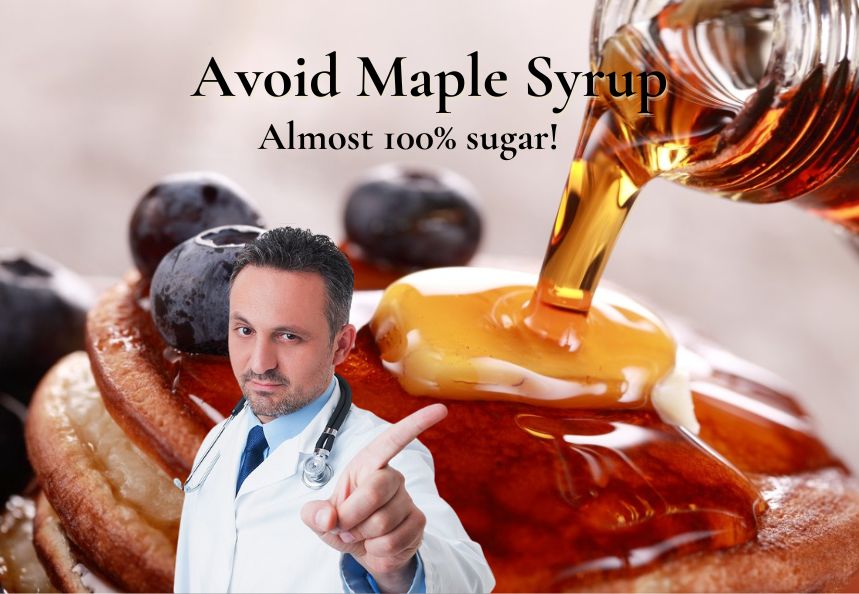

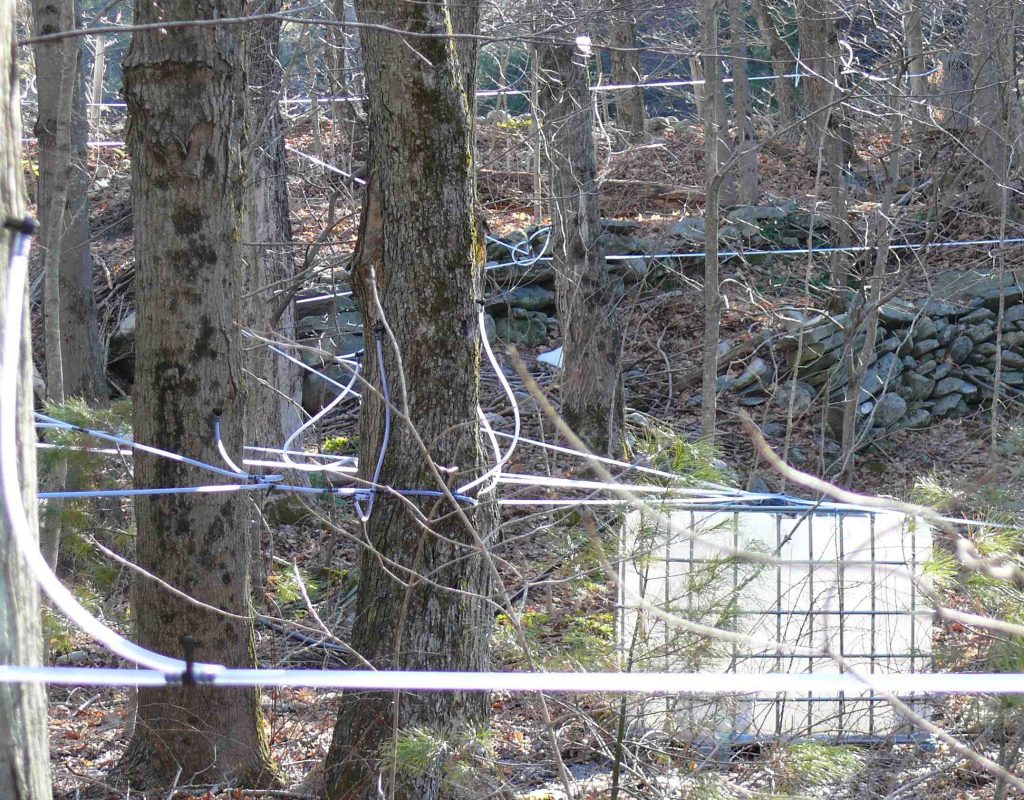
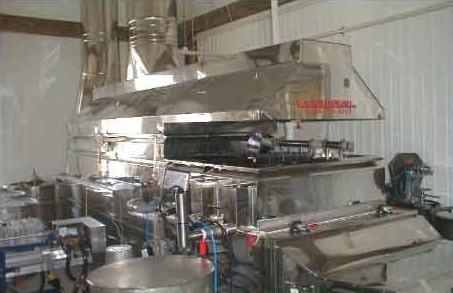
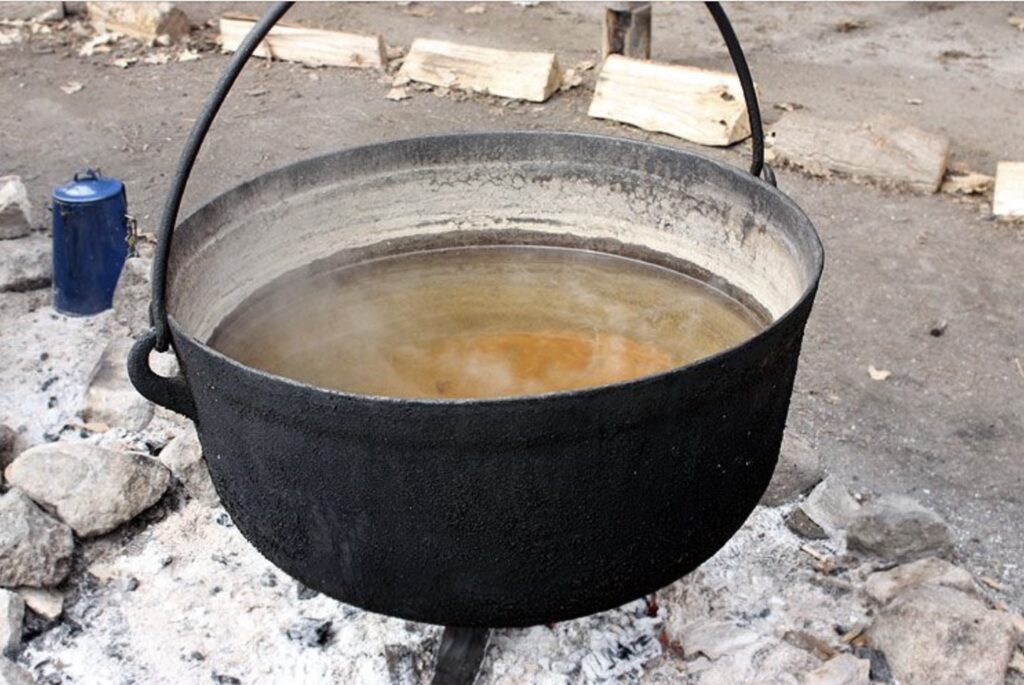
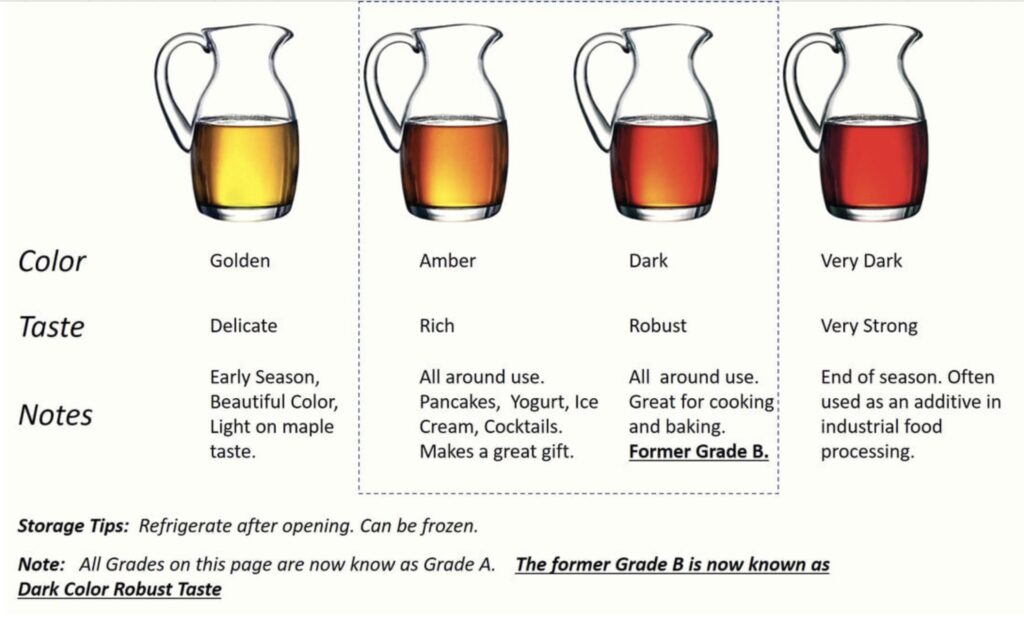
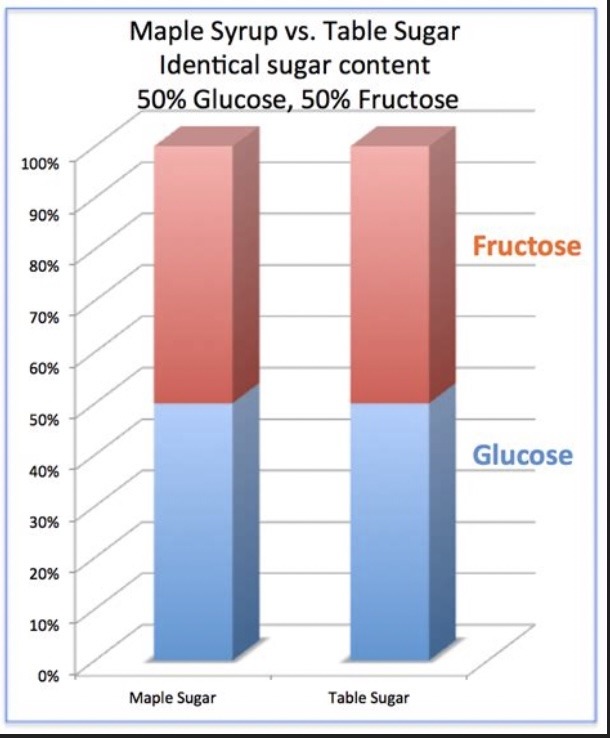
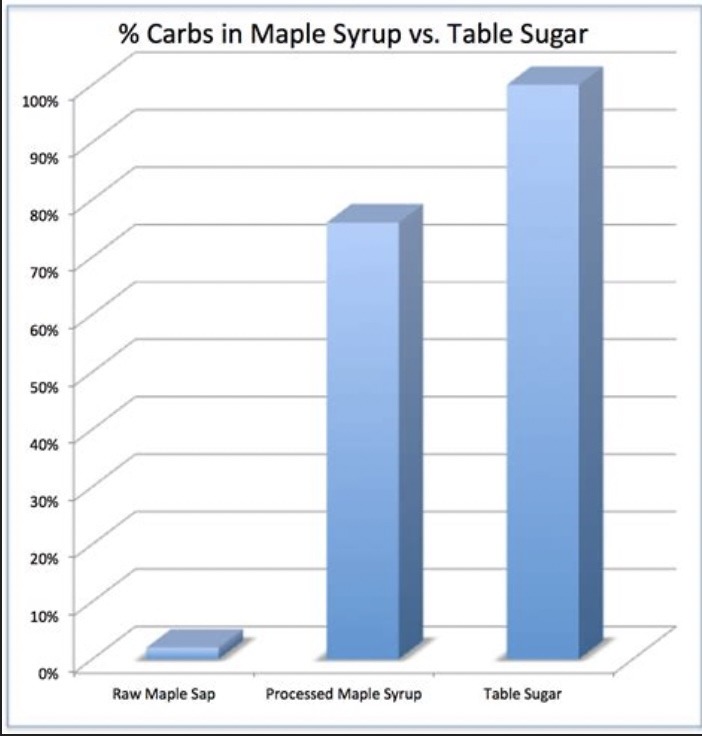
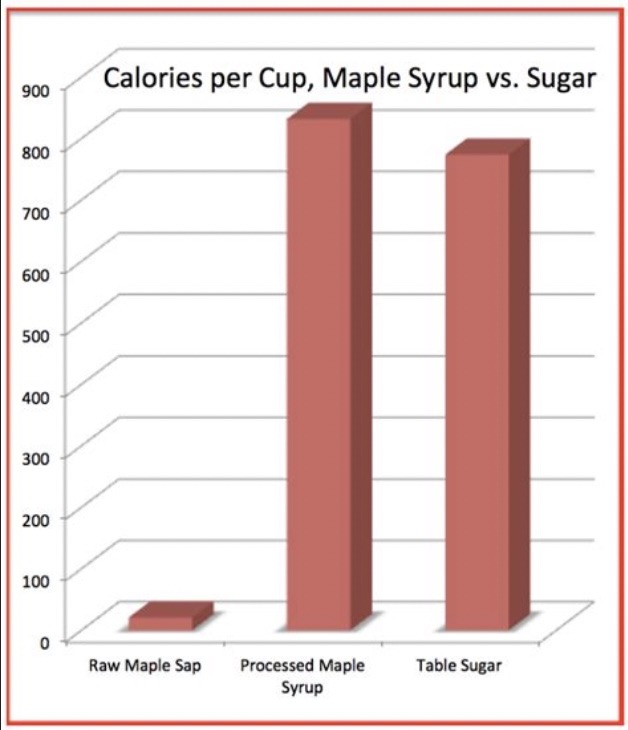
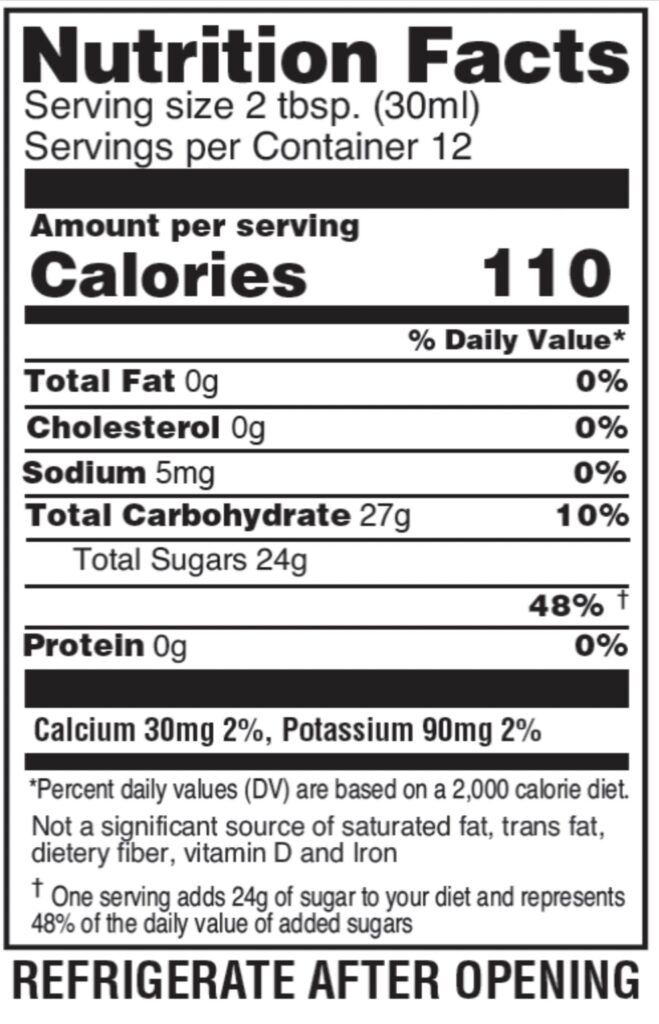
6 Replies to "Avoid Maple Syrup - Almost 100% sugar!"
bebblepoon July 27, 2023 (12:27 pm)
Good day Jane. I read this while taking a bath in the pond behind my local cracker barrel and i immediately burst into the doors and started demanding that they give up maple syrup for good! I don’t want any devils in my town. You are my hero Jane!!
Jw November 25, 2022 (8:40 am)
Europeans learned to make maple syrup from Native Americans, who had been doing it for millennia. I think that gives it a paleo rating.
Jane Barthelemy November 25, 2022 (4:17 pm)
Hi JW, thank you for your comment. OK That’s perfect. Good luck and best wishes for your delicious health! Jane
John July 27, 2023 (1:15 pm)
Facts
Vicki November 26, 2021 (9:58 am)
Good morning, Jane! I love your articles — packed with information. The two turkey recipes look fantastic too! What a fantastic idea – turke pot pie in a cup. Love it. Can’t wait to try them. Thank you, thank you, thank!
Jane Barthelemy November 26, 2021 (8:55 pm)
Hi Vicki, Thanks for you comment. Yes, we love pot pies in a cup! When you try the recipes, let us know how you like them! Best wishes! Jane